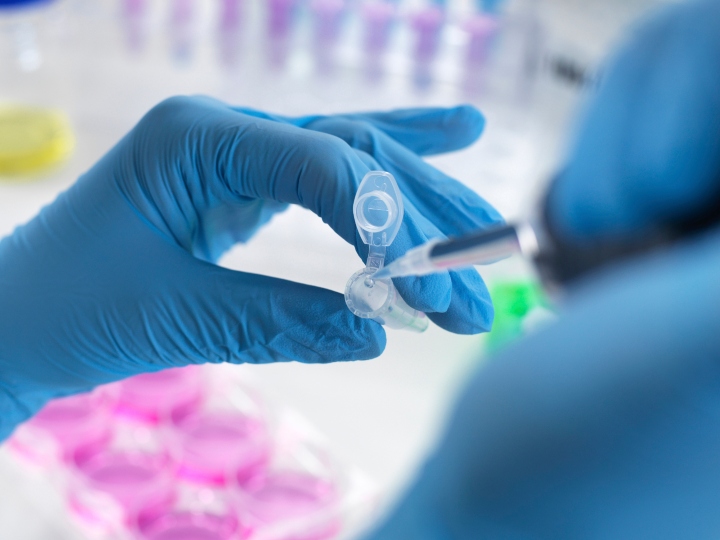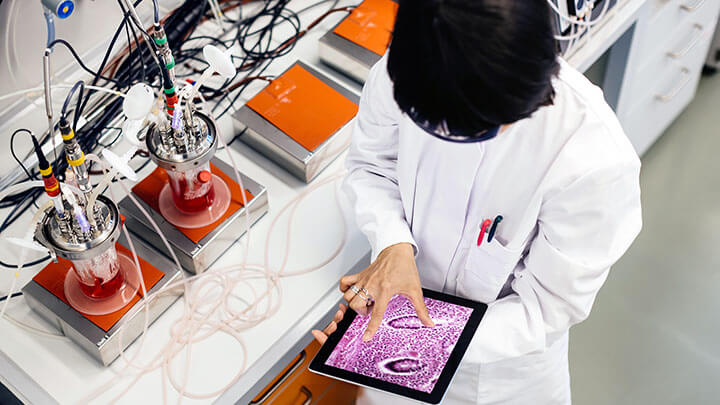Particle total surface area, porosity and pore size distribution analysis supporting chemical product performance, development and manufacturing
Surface area and porosity are important physical properties that impact the quality and utility of solid phase chemicals including agrochemicals, catalysts, additives and pharmaceutical active ingredients.
Differences in the surface area and porosity of particles within the material, which otherwise may have the same physical dimensions, can greatly influence its performance characteristics. Surface area and porosity play major roles in the purification, processing, blending of chemical products as well as product function, efficacy and stability, and so a comprehensive understanding of these properties provides valuable information during process development and manufacturing. Gas Adsorption analysis is commonly used for surface area and porosity measurements. This involves exposing solid materials to gases or vapors at a variety of conditions and evaluating either the weight uptake or the sample volume.
Our scientists evaluate the surface area and porosity of materials by sorption techniques. The Brunauer, Emmett and Teller (BET) technique is the most common method for determining the surface area of powders and porous materials. Nitrogen gas is generally employed as the probe molecule and is exposed to a solid under investigation at liquid nitrogen conditions (i.e. 77 K); however, we also have instrumentation to use Krypton as a probe which has the benefit of facilitating low surface area measurements. The choice of the gas probe is dependent on the anticipated surface area and sample properties. The surface area of the solid is evaluated from the measured monolayer capacity and knowledge of the cross-sectional area of the molecule being used as a probe.
In addition to the BET surface area, sorption experimentation can be used to evaluate the total pore volume (TOPV), micropore volume (MPV) and pore size distribution. In conjunction with skeletal density measurements by helium pycnometry, the total porosity can also be evaluated.
We have specialist experience in particle analysis and testing of high-surface-area materials such as nanoparticles which are being incorporated by our clients into a wide range of products including drugs, personal care products, plant growth regulators, specialty additives, medical devices and nutritional products.
Additional particle analysis methods are available via microscopy or laser light scattering techniques.
We can also offer BET measurement to Good Manufacturing Practice standards (GMP) to support pharmaceutical development and manufacturing as part of our wider pharmaceutical particle and powder characterisation services to assist understanding of physical properties to optimize formulation and production. These services include solid-state characterization, particle morphology using Malvern Morphologi G3, particle size analysis – by laser diffraction, particle characterization from a delivery device in real time analysis using laser diffraction.
We have centers of excellence in surface area and porosity measurements in Allentown, USA, and Wilton and Manchester, in the United Kingdom, equipped with a wide range of instrumentation for solid materials or particle analysis. We apply our Total Quality Assurance expertise and our many years of experience in analytical and chemical product development support to provide you with the critical test data and insight that you need for successful product development.


